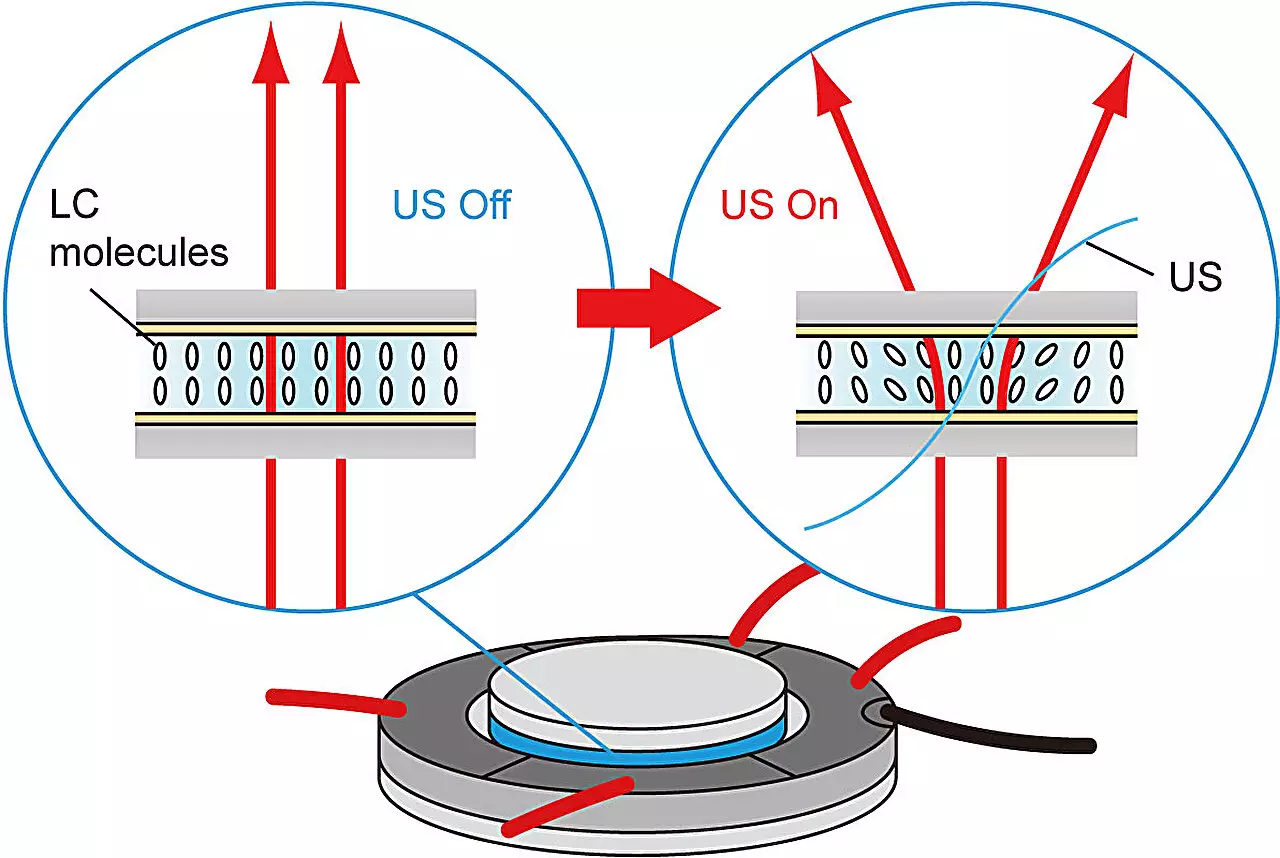Light has always been a crucial element in human life, dating back to the discovery of fire. Over time, humans have developed various artificial light sources to meet our needs, from incandescent lamps to LEDs. The quality and distribution of artificial lights indoors play a significant role in our daily activities and overall well-being. As technology advances, new innovations in artificial lighting are continuously being developed to enhance our experiences.
Traditional light diffusers have limitations in terms of controlling diffusion directivity after installation. Once fabricated, the properties of these diffusers, including diffusion angle and direction, cannot be easily adjusted without mechanical intervention. This can lead to challenges in achieving the optimal lighting conditions for different environments. The need for a more flexible and efficient light diffusion system has become apparent in the realm of artificial lighting.
In a groundbreaking study conducted by Professor Daisuke Koyama and his team at Doshisha University, a new tunable ultrasonic liquid crystal (LC) light diffuser was introduced. This innovative diffuser operates based on the generation of non-coaxial resonant flexural vibration, which allows for precise control over the diffusion angle and direction of light. Unlike traditional diffusers, the ultrasonic LC light diffuser has a thin and simple structure with no mechanical moving parts, making it a versatile and efficient solution for controlling light diffusion.
The ultrasonic LC diffuser consists of a nematic LC layer sandwiched between two glass disks, along with an ultrasonic piezoelectric transducer. By applying a continuous reverse-phased sinusoidal signal to the transducer, ultrasonic vibration is generated on the glass disks at frequencies that match the resonant frequency of the LC diffuser. This results in non-coaxial resonant flexural vibration modes on the LC layer, altering the molecular orientation and refractive index distribution of the LC layer. The end result is a precise control over the diffusion angle and direction of transmitted light, without the need for mechanical adjustments.
The ultrasonic LC light diffuser offers numerous benefits, including the ability to easily adjust diffusion directivity by changing the electrodes to which the input voltage is applied. This allows for seamless control over the direction of molecular orientation and diffusion angle, providing versatility for different lighting scenarios. The researchers also found that the diffusion angle is optimized at 16 V, with stability concerns arising at higher voltage amplitudes. Additionally, the transmitted light distribution varies based on the polarization of incident light, showcasing the adaptability of the diffuser in different lighting conditions.
The development of the ultrasonic LC light diffuser represents a significant advancement in the field of artificial lighting. With its innovative design and precise control over diffusion directivity, this technology has the potential to revolutionize how we approach lighting in various settings. As the demand for environmentally friendly and efficient lighting solutions continues to grow, the ultrasonic LC light diffuser stands out as a promising solution for enhancing our daily experiences with artificial light.


Leave a Reply